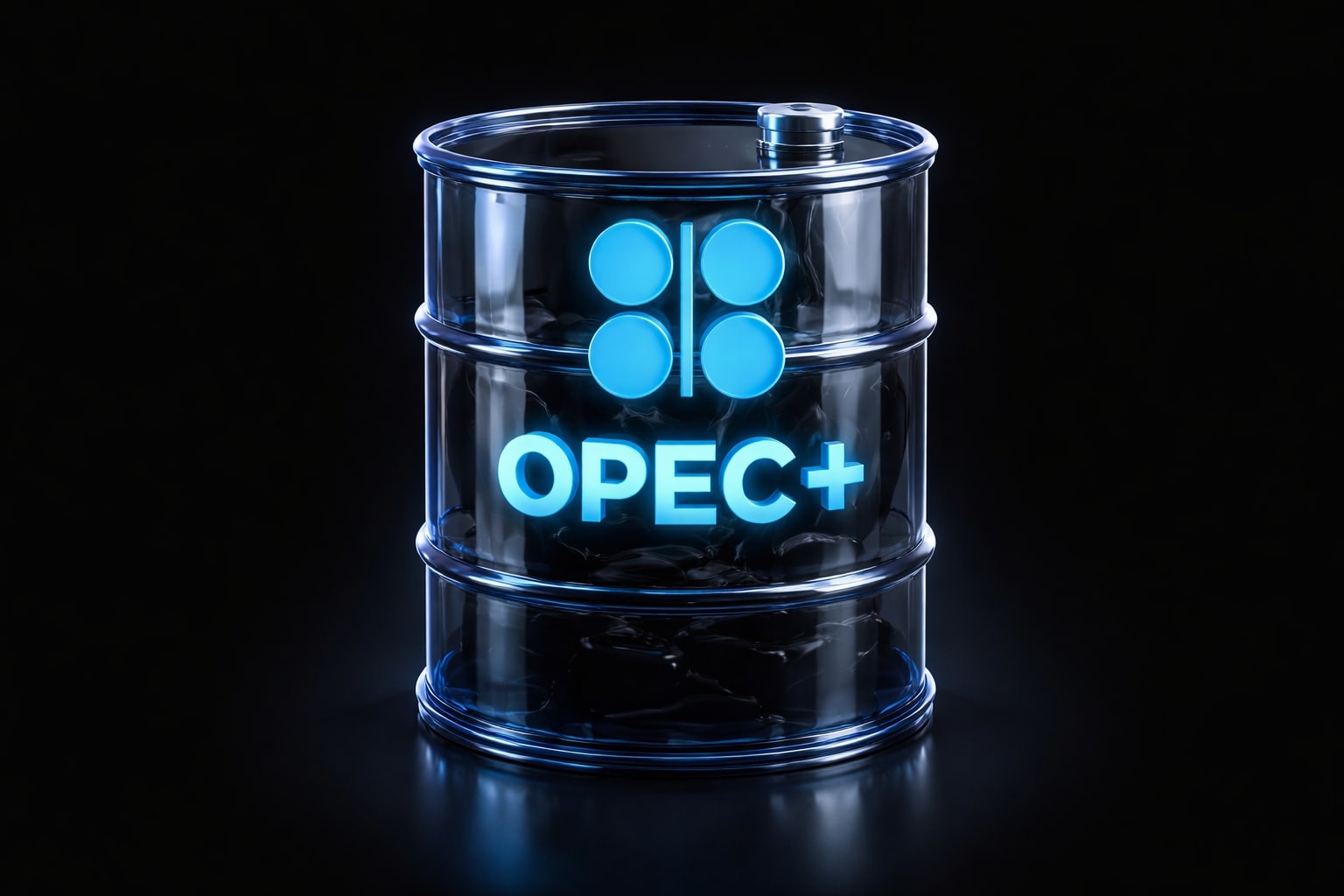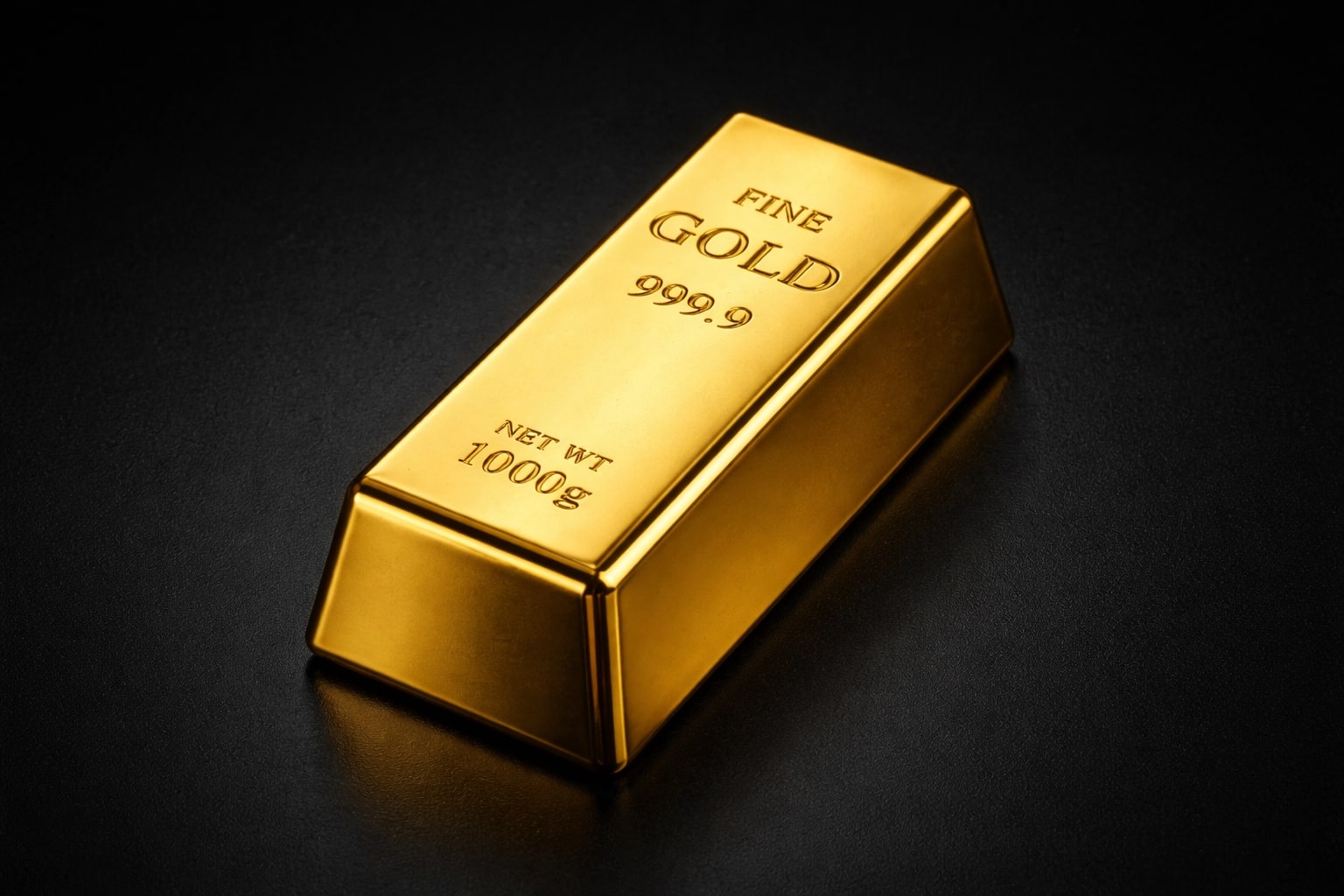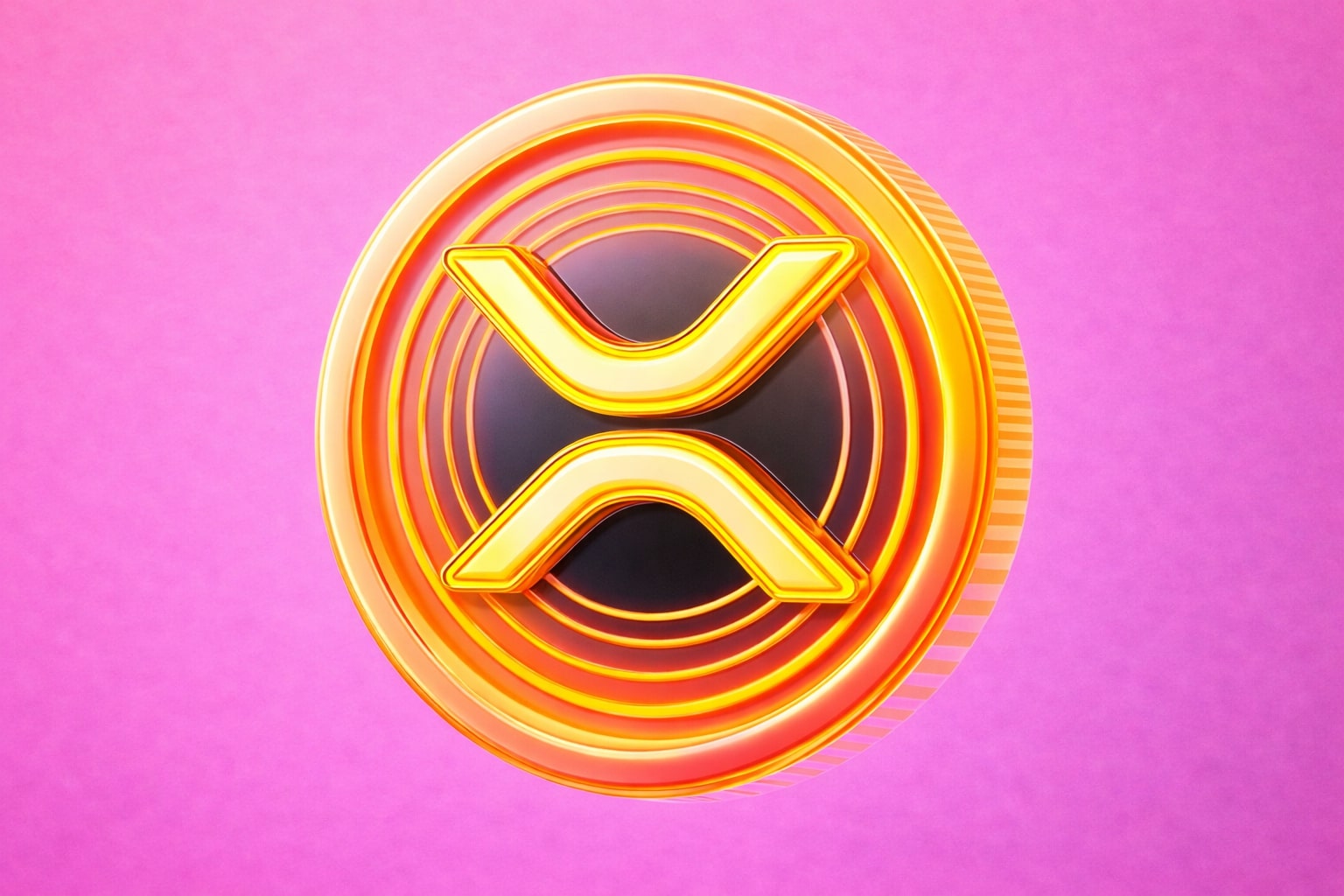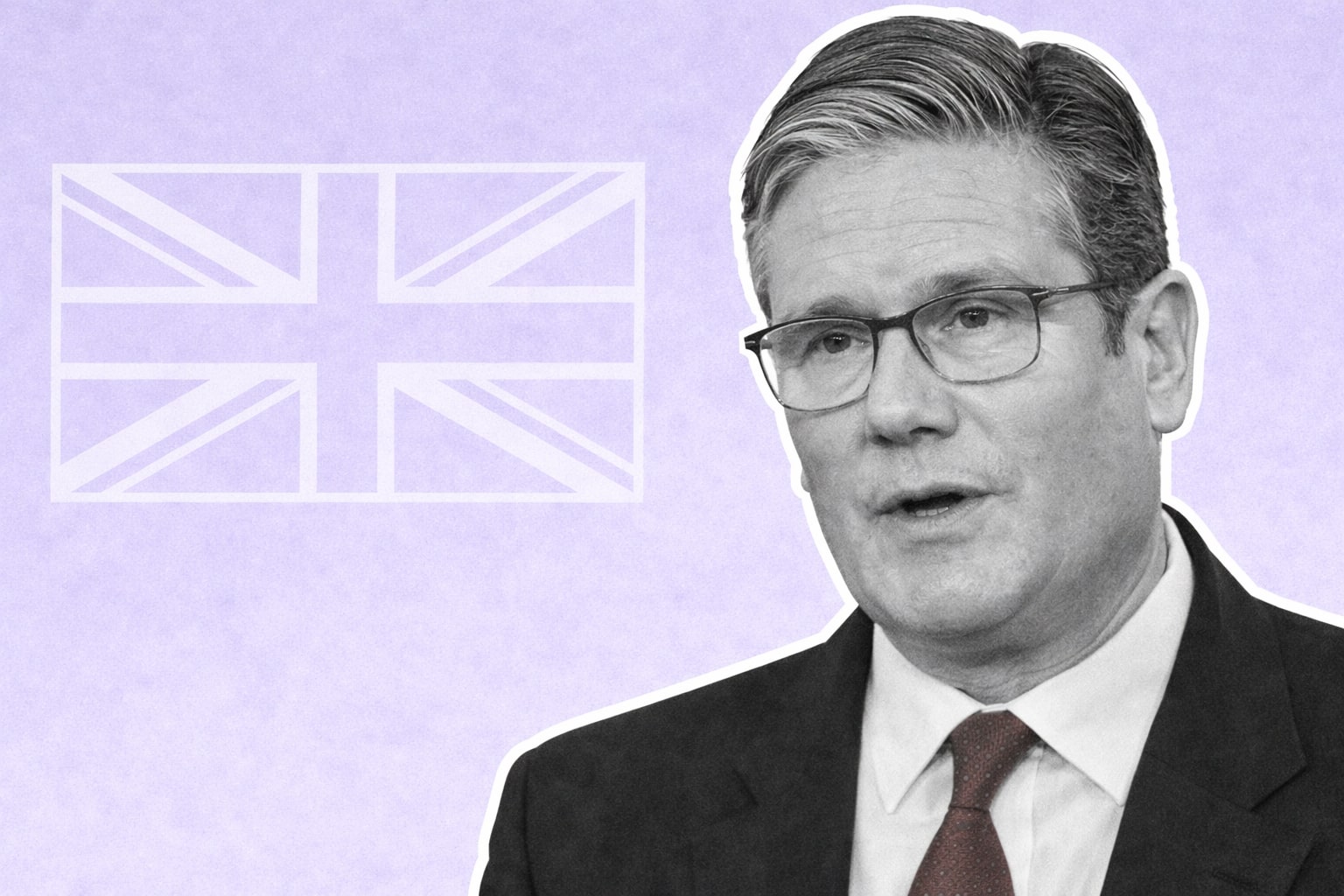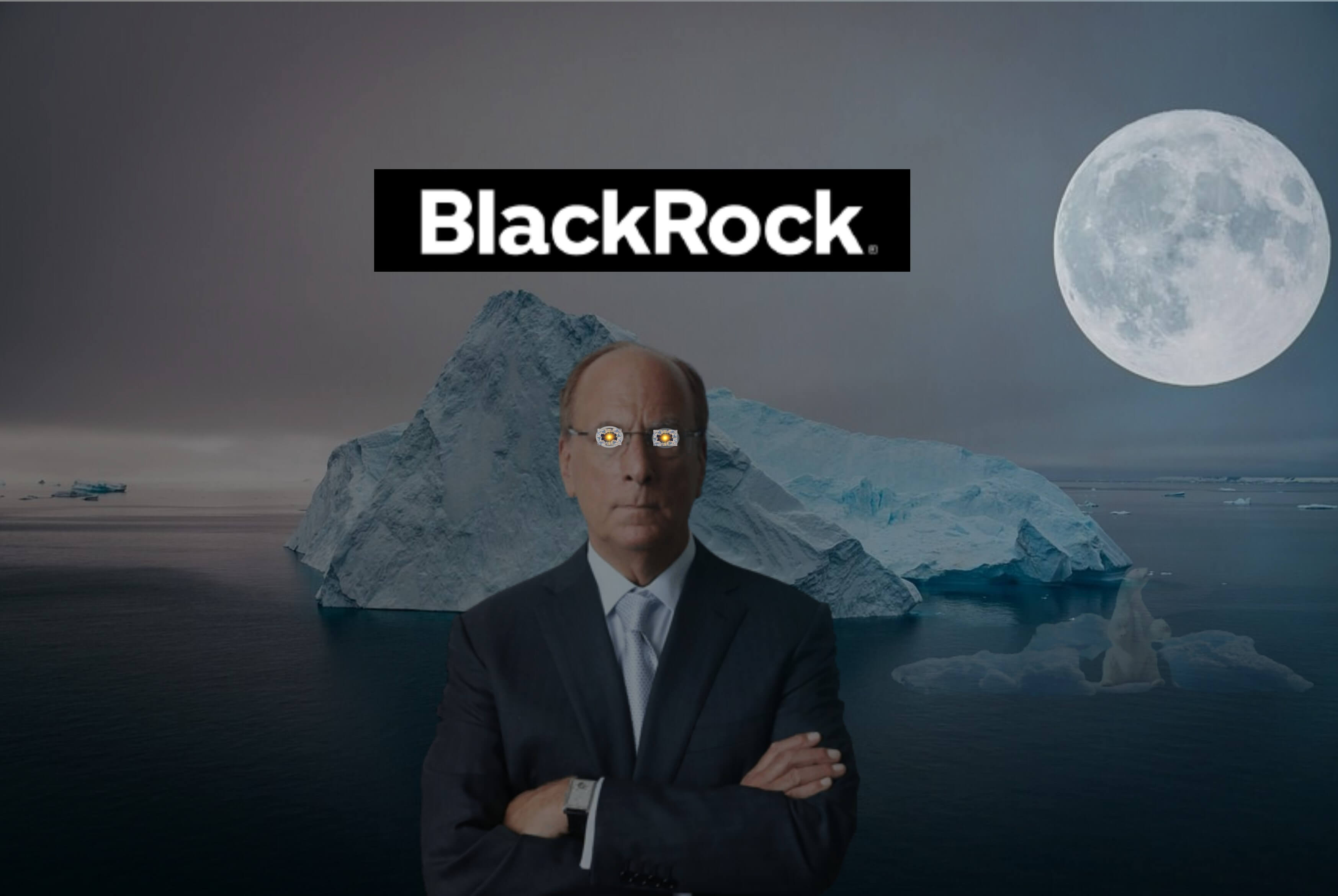
BlackRock Trading News Future Clean Energy Climate ETF BECO
Investment in Climate Resilient Companies and Key Resources like copper and lithium Fuels NYSEarca:BECO's Climate ETF Clean Energy Drive Towards a Low-Carbon Economy | That's TradingNEWS
Bold Take on a Sustainable Economy: Spotlight on the BlackRock Future Climate and Sustainable Economy ETF (BECO)
The BlackRock Future Climate and Sustainable Economy ETF (BECO) has become a vital instrument in the climate-change battle. This ETF closed previously at $22.09 with a day's range of $21.93. Despite the minor dip of 0.71%, this fund remains resilient with year-to-date (YTD) total return of 10.55% and Net Assets valued at $4.29M. Yet, it's not just about the numbers. Here's why BECO stands out in the financial arena and why it's more than just an investment.
Climate Challenges and Sustainable Solutions
Climate risk challenges are ubiquitous, touching every industry. However, resilience arises from the struggle. Active stock selection, best practices, and breakthrough technology are key to identifying companies poised to weather the climate crisis without forgoing returns. The year 2023, defined by floods, wildfires, and heatwaves, is a reminder of the urgency to address climate risk—an urgency mirrored by the investment world.
The European Union and the US are leading the charge, introducing groundbreaking public programs and funding. The US Inflation Reduction Act and the European Green Deal are key examples. These initiatives jointly support 11 decarbonization goals, showcasing the strategic intersection of fiscal policy and climate action.
Government and Low-Carbon Companies: A Dynamic Duo
We've identified a crucial development in the climate fight: intense government involvement. This progress connects to one of three tenets for investing in low-carbon equities - aligning with governments in their pursuit of zero-emissions targets. For instance, the US Inflation Reduction Act earmarks a record $369 billion to slash carbon emissions by 40% over the next decade. The incentives include substantial tax credits for companies integrating wind and solar renewable energy into operations.
Parallelly, a potential European Green Deal could bring €375 billion to back the region's own inflation reduction act. Its goals are ambitious, including making Europe the first climate-neutral continent by midcentury and decreasing GHG output by 50%. It also aims to plant 3 billion new trees by 2030. Already, solar production has doubled in 2022 in Europe, overtaking gas and coal. Although not all EU member states have pledged full funding, companies are finding ways to leverage the Green Deal's many incentive roadmaps.
The Future of Climate-Resilient Companies
A few specific sectors showcase this dynamic interplay of investment, innovation, and sustainability. Take Schneider Electric, a company that aids others in building energy-efficient facilities. It's committed to avoiding or saving nearly 800 million tons of CO2 production for its clients by 2025.
Cable manufacturer Prysmian Group has seen exponential growth in demand for medium- and high-voltage cable. Thanks to strong renewable-installation demand, the firm has increased its waste recycling to 71%. It also recently committed to connecting submarine lines to new wind farms worldwide.
Design engineering firms like AECOM Technology consult on ESG-friendly infrastructure, logistics, and construction. In a market expected to grow by double digits annually, AECOM aims to reduce carbon by at least 50% on major projects, avoiding approximately 84 million tonnes of CO2.
Copper: The Bridge Between Present and Future
On the horizon of a low-carbon economy, we can't overlook the importance of copper. Global demand for copper is projected to double by 2035. This growth is fuelled not only by traditional construction and infrastructure but also by the adoption of technologies that facilitate the low-carbon economy transition, including electric vehicles, solar panels, and wind turbines. However, the supply of copper remains a challenge due to geographical concentration and declining ore quality.
Copper connects the past and future by playing a critical role in the transition to a low-carbon economy. For example, electrification of transport is set to have the most significant impact on copper demand. Electric vehicles require almost 2.5x the amount of copper used in conventional vehicles. With EV sales projected to grow by 35% in 2023, the demand for copper is only set to increase. Likewise, the shift toward renewable power generation technologies and the growing demand from building construction, appliances, electrical equipment, and cell phones are also increasing the demand for copper.
Lithium: The Power Behind the Low-Carbon Economy
As we accelerate towards a low-carbon economy, lithium, a metal critical for electric vehicles and energy storage, is set to experience exponential demand growth. However, the supply of lithium is constrained due to the complex extraction process and the concentration of large deposits in South America, Asia, and Australia.
Investors interested in lithium might want to consider ETFs that offer exposure to the entire value chain, including exploration, mining, processing, and compound manufacturing. Three factors drive the forecasted 7x growth in lithium demand between 2021 and 2030: the growth of electric vehicles, rising demand for renewable energy, and lithium's use in consumer electronics.
Understanding the Dynamics of the Lithium Market
Lithium, often regarded as the "white gold", is a critical component in the transition towards a more sustainable energy future. As of 2023, it remains a relatively niche market, with a global trade value of around $3 billion. But with the worldwide EV market expected to reach $802.81 billion by 2027, growing at a CAGR of 22.6% from 2020 to 2027, the demand for lithium, an essential component in EV batteries, is set to skyrocket.
Additionally, as global economies pivot towards renewable energy, the importance of efficient and scalable battery storage systems continues to rise. Lithium-ion batteries, thanks to their high energy density and long cycle life, have become the go-to solution for energy storage, further driving the demand for lithium.
Moreover, the role of lithium in consumer electronics like smartphones, laptops, and tablets is not to be understated. With the rapid technological advancements and digitalization, the consumer electronics market is projected to grow to $1 trillion by 2025, which is expected to reinforce the lithium demand curve.
Opportunities with Lithium Focused ETFs
Investing directly in lithium producers can be tricky due to the volatility of commodity prices and geopolitical risks. Therefore, a more diversified approach offered by ETFs such as NYSEArca: BECO or BECO ETF can provide a safer and potentially more profitable way to gain exposure to this burgeoning sector.
This ETF aims to provide investment results that, before fees and expenses, correspond generally to the performance of the Solactive Global Lithium Index. The index includes global companies engaged in the lithium industry, ranging from lithium mining, exploration, and lithium-ion battery production.
As of July 2023, the top holdings of BECO ETF include industry leaders like Albemarle Corporation, SQM, and Ganfeng Lithium, giving investors a comprehensive exposure to the lithium value chain. With a net asset value (NAV) of approximately $1.5 billion as of the end of Q2 2023, the BECO ETF has consistently outperformed the broader market, with a year-to-date return of 15%.
The Future of Lithium and Its Economic Implications
As the transition to a low carbon economy continues to gain momentum, the lithium industry is primed for substantial growth. Governments around the world are implementing policies to reduce carbon emissions and encourage the use of electric vehicles, creating a favorable environment for lithium.
China, currently the largest consumer of lithium globally, has set a target for 20% of its auto sales to be from electric vehicles by 2025. Europe, too, is not far behind, with many countries setting ambitious EV adoption targets.
However, despite the bullish outlook, there are challenges to consider. The process of extracting lithium is capital intensive and comes with its own set of environmental issues. Moreover, geopolitically, most of the world's lithium reserves are concentrated in a few countries – the so-called "Lithium Triangle" of Argentina, Chile, and Bolivia.
BECO ETF: A Deep Dive into Performance and Composition
Since the dawn of the new decade, NYSEarca: BECO, or more popularly known as BECO ETF, has demonstrated solid growth amidst the surging demand for lithium. It has posted a commendable year-to-date (YTD) daily total return of 10.55% and an impressive 1-year daily total return of 8.12%.
BECO's broad portfolio diversification has been instrumental in cushioning the ETF from potential market volatilities. The ETF has a robust composition of stocks, making up 93.44% of its total assets, primarily focused on sectors that are poised to capitalize on the clean energy revolution. Industrials (29.89%), Technology (17.6%), Consumer Defensive (14.31%), Basic Materials (13.99%), and Utilities (10.52%) form the backbone of the ETF's sector weightings. Interestingly, the ETF has no bond holdings, emphasizing its equity-oriented growth strategy.
Spotlight on Top Holdings and Valuations
Delving deeper into the specifics, the top ten holdings of BECO ETF, which make up 33.94% of its total assets, is an eclectic mix of companies from diverse sectors. They range from the treasury agency 'BlackRock Cash Funds Treasury SL Agency' which holds 6.3% of assets to Cleanaway Waste Management Ltd with a 2.49% share. This portfolio also includes high-profile names like Deere & Co, Ecolab Inc, and Samsung SDI Co Ltd, which are renowned for their clean energy initiatives.
The ETF is currently valued attractively, with an average Price/Earnings ratio of 0.05, Price/Book ratio of 0.39, Price/Sales ratio of 0.79, and Price/Cashflow ratio of 0.09. These figures indicate a potentially undervalued position, which might attract value-oriented investors looking for growth opportunities.
ETF Operations and Fund Family
Managed by the prestigious BlackRock fund family, the BECO ETF currently has net assets of $4.29 million. It offers a yield of 0.79%, providing a steady income stream for investors. The ETF is characterized by an annual report expense ratio of 0.70%, ensuring investors' returns are not significantly eroded by high fees. Additionally, the ETF features a low holdings turnover of 0.00%, indicating a stable and long-term investment strategy.
Historical Performance and Volume Analysis
A close examination of BECO's monthly performance since September 2021 reveals a consistent upward trajectory, albeit with some fluctuations. Over the 12-month period from July 2022 to July 2023, the ETF's share price rose from $18.99 to $22.07. Over this period, the ETF distributed dividends three times, enhancing the total return for investors.
In terms of volume, the ETF's monthly trading volumes ranged from a low of 6,600 shares in April 2023 to a high of 63,000 shares in January 2023. This trend indicates a heightened interest in BECO ETF as it gains recognition among investors for its exposure to the lithium and clean energy sectors.
In conclusion, the BECO ETF offers an intriguing opportunity for investors to gain broad exposure to the lithium industry's entire value chain. From exploration and mining to processing and manufacturing, this ETF is uniquely positioned to capitalize on the forecasted 7x growth in lithium demand between 2021 and 2030. As we witness the accelerated adoption of electric vehicles, the transition to renewable energy, and the ongoing digital revolution, the prospects for lithium and, by extension, the BECO ETF look bright.
Read More
-
Pagaya Stock Price Forecast - PGY at $23.20: Is PGY Stock the Cheapest AI Fintech of 2026?
19.12.2025 · TradingNEWS ArchiveStocks
-
XRP Price Forecast: XRP-USD Stuck at $1.87 With $3 2026 Target and $10–$25 Long-Term Range
19.12.2025 · TradingNEWS ArchiveCrypto
-
Oil Price Forecast: WTI Near $56 and Brent at $60 Signal Risk Toward $50
19.12.2025 · TradingNEWS ArchiveCommodities
-
Stock Market Today: AI Chip Rally Lifts Nasdaq as $7.1T Quad Witching Hits
19.12.2025 · TradingNEWS ArchiveMarkets
-
GBP/USD Price Forecast - Pound at 1.34 As BoE Cut And Soft Dollar Keep Bullish Path Toward 1.35
19.12.2025 · TradingNEWS ArchiveForex














